Features of mythological thinking
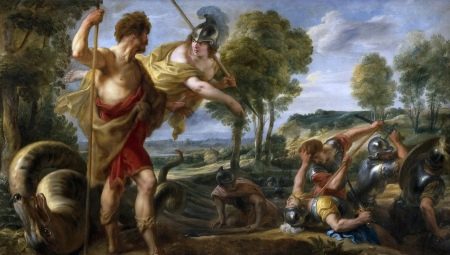
Have you ever wondered why many people are so fond of myths and legends, and some are sure that most of these stories are not fiction at all? There is a theory that it is mythological thinking that is the first stage in the evolution of the human worldview.
Features and specifics
In those days, when the first people on the planet could not provide a scientific explanation for this or that natural phenomenon, mythological thinking appeared. It was believed that precipitation or its absence is in the power of a certain deity. Birds are the creator's messengers on earth, and wolves are able to talk to the moon. Every corner of the earth has created its own myths.
A little later, most likely, a certain person with deeper knowledge realized that this form of thinking allows one to influence the masses. Thus, various religious movements emerged. Uneducated people easily believed in a miracle that would be available if a sacrifice was made.
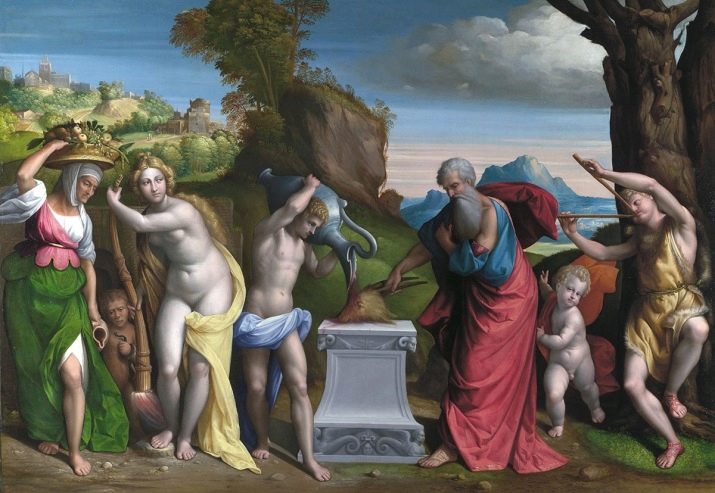
Everywhere and always, some personalities compose myths and enrich themselves due to this, others sincerely believe in them and hope for wonderful events. In Greece, for example, there are still people who worship Zeus. In different parts of Russia there are many settlements in which paganism is preached in the 21st century.
What can we say about the tribes living in the dense forests of Africa and America. Some of them still do not wear clothes, they perform rituals prescribed for them by customs, which are primarily based on myths. However, for those who emerged from the primitive state, new myths were invented. They are used by many cosmetic companies in the world.
The legend that, using creams, a woman will always look 18 years old, penetrates into our minds for years.This information is invested in us almost with mother's milk with the help of TV, radio, and the mother herself too. In reality these funds do not always have a miraculous effect, and more often they do not have at all.
The creators of commercials are well aware of the fact that a person's mythological thinking is developed at an unconscious level.

How is it different from the scientific one?
There are several signs that are characteristic of mythological thinking.
- The first and main distinguishing feature of myth from reality is categorical lack of evidence... Any legend about a hero or phenomenon is not questioned. The facts, on the other hand, should ideally be shrouded in as much mystery as possible. It is then that it does not occur to a potential consumer to look for both evidence and refutation of the legend.
- One of the main methods is the allegory of myths. No scientific terms. The more mysterious beauty heroes or events have, the more attractive they become.
- Lack of causal relationships - the next feature of myths. The presence or absence of any natural phenomenon in them is explained by the desire or unwillingness of a certain omnipotent being to give it to people or not to give it. The same applies to diseases sent to a person who is unwanted by the higher forces.

Stages of development
As man developed, his mythological thinking also developed. If initially natural phenomena were explained by myths, on which at that time every inhabitant of the planet mainly depended in everyday affairs, then later the legends and rituals accompanying them also developed on other topics. By the way, it was protection from various misfortunes that became the first stage in the development of mythological thinking. Let's try to compose our chronicle.

First there was fear. Before the forces of nature (rain, wind, sun, thunderstorm), wild animals (including mammoths), and until man invented practical means of protection, he used mythological ones. Some of them are still used by many people today. It is believed that a woman with an empty bucket who meets along the way is a sign that will certainly promise trouble. A bird that has flown into a house brings illness or even death. And there are many such beliefs that are widespread in our century.
Many educated people are well aware that there is no real danger in a cat crossing the road, but nevertheless they observe the rules prescribed by someone else and, just in case, spit over their left shoulder. It is more an act of complacency than a way of dealing with otherworldly, potentially dangerous forces, but it still exists. Some of us make sure to look in the mirror before leaving the room to which we returned for a forgotten thing. It is rare for a bride to show her dress to the groom before the wedding. Examples of such beliefs can be cited endlessly.

Moreover, all these myths and rituals have one feature. Wherever you look - your own rules and interpretations of myths. So, for example, in one village a wedding celebration must necessarily take place in the presence of a black cat. For the same festive occasion, in a neighboring village, all meowing creatures are driven away from the house of the spouses in advance.
Then faith appeared. Some peoples still live according to the rules adopted hundreds of years ago, and sincerely believe in their justice. It is not the absence of reason that makes them do this, but the fact that mythological thinking has prevailed over other types of thought processes. There are cases when entire tribes died out after a civilized person visited them. The reason is trivial - infection. These people are not vaccinated. They believe in the protection of higher powers.
But the event is invariably interpreted as the punishment of heaven.
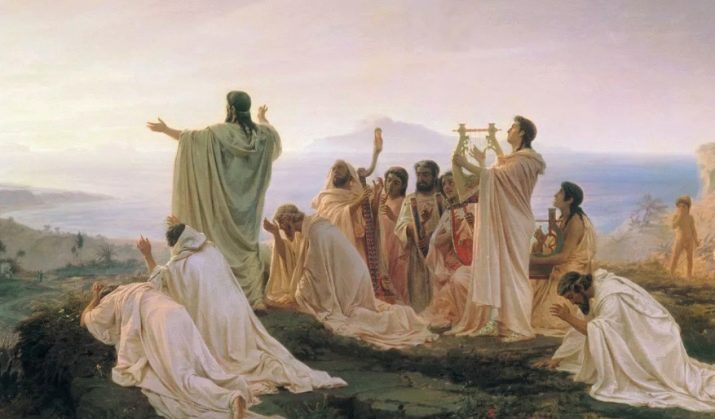
To feel a connection with an incomprehensible world, a person began to look for a guide. It was supposed to be a certain divine being, the image of which each nation created itself. Someone raised animals to the rank of saints (for example, in India, cows are not eaten even during periods of general hunger), somewhere gods like people appeared (Greek mythology is a vivid example of this).
It was to understandable looking idols that our ancestors turned to when going to hunt, they asked for advice before starting a particular business, they made sacrifices in front of them. Then frescoes, icons, statues of divine creatures appeared. A person had to see the one to whom he turns in sorrow and in joy.
There is another gradation of myths. In this case, they are divided by topic.
- Cosmogonic - explain the appearance of both the planet in particular and the galaxy as a whole. They talk about the firmament that emerged from the water, the creation of the world from an egg, about the events that befell our planet over the past several million years.
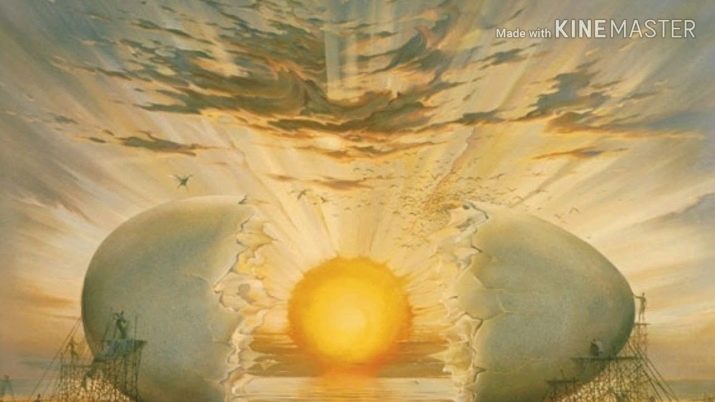
- Anthropological - tell us about our own origins. Adam's rib, ape ancestor or alien origin - everyone can choose any of the versions.
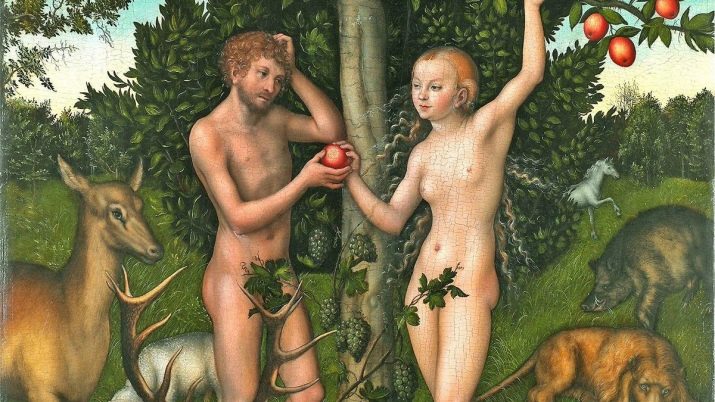
- Eschatological legends tell that the end of the world will come sooner or later. Millions of people around the planet awaited the fulfillment of the Maya's ominous prediction of the end of the world on December 21, 2012. They did not wait and began to look for new omens of the Apocalypse. This is how our mythological thinking works.
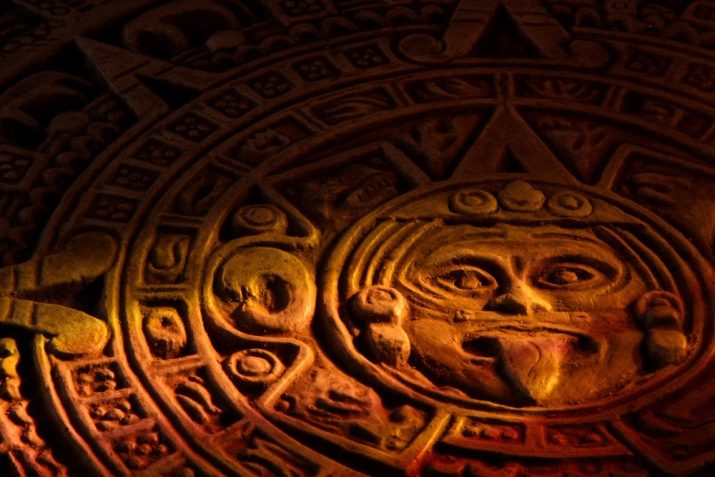
- Heroic - create an idol. It has always been common for a person to believe in a fairy tale with the Frog Princess in the title role, a handsome prince on a white horse, or Emelya on the stove.
The main thing is that there is a legend and a hero who, if not the whole world, then at least will save himself from all misfortunes.
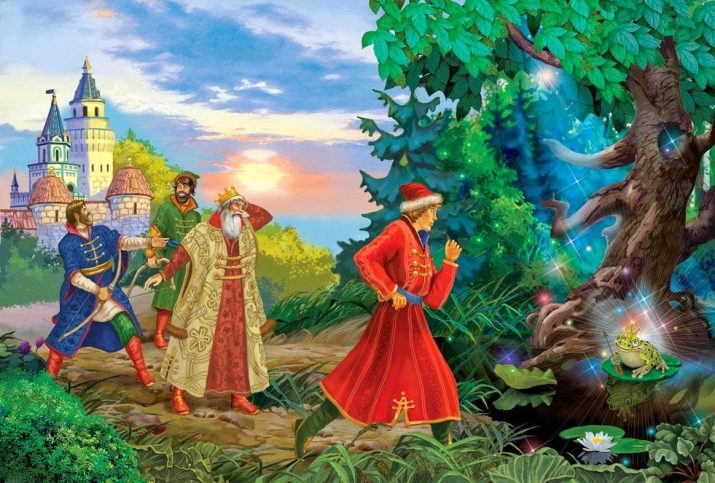
- About animals - about cats on the road, birds in the apartment.

Where to proceed with the help of mythological thinking - to the field of miracles, to the land of fools or to make mythology his profession - everyone decides for himself. But to one degree or another mythological thinking is characteristic even of convinced atheists and agnostics.








